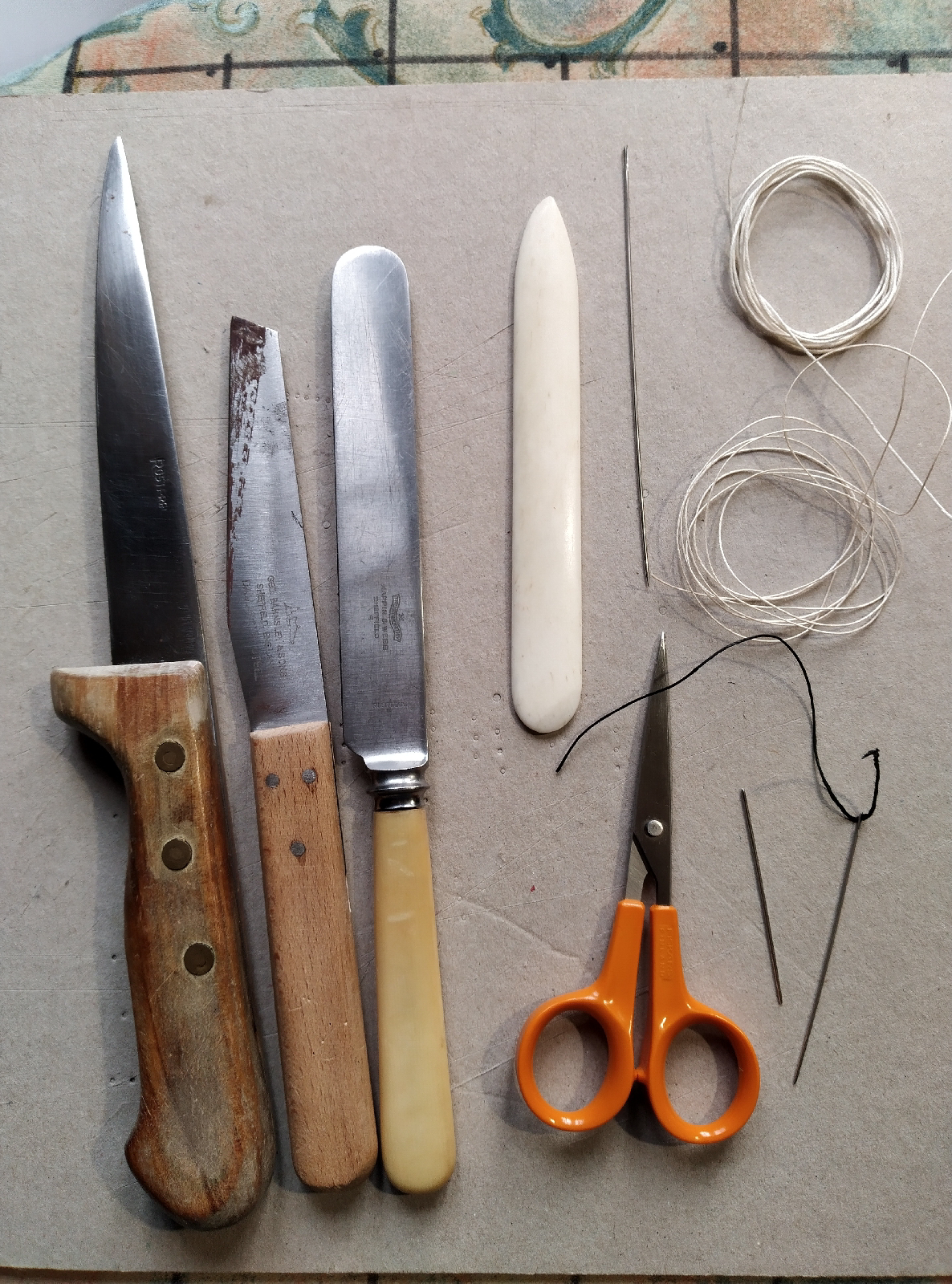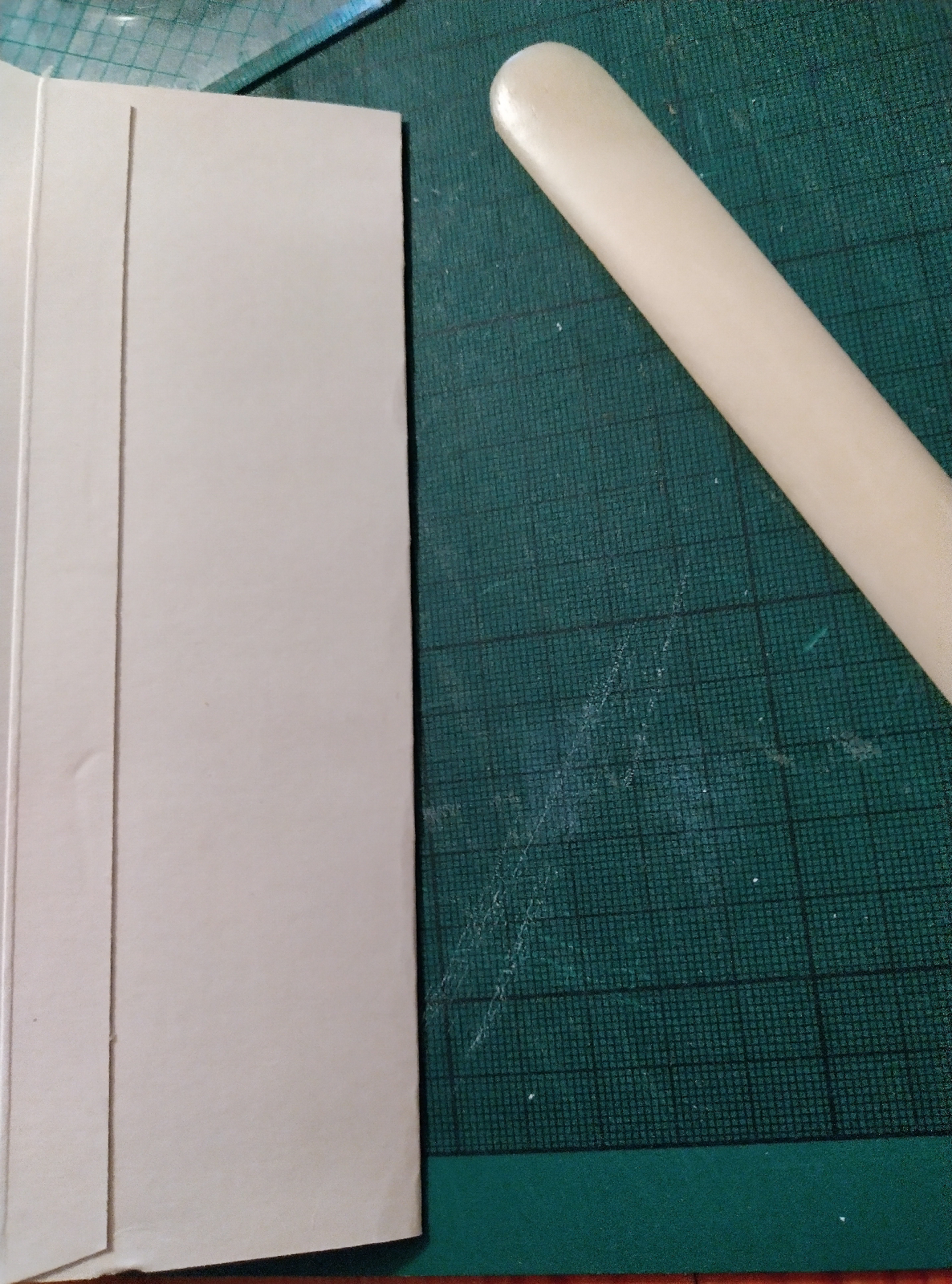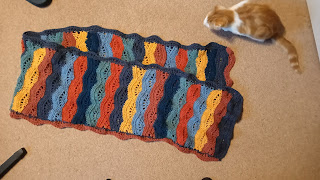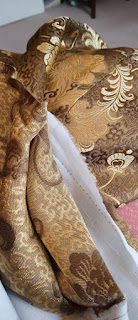BASIC BOOKBINDING - an introduction 08/1/21
As usual, if you prefer to listen to, rather than read this post, please click HERE
Well my friends, the first post of 2021... What will it bring? Already we are in full national Lockdown — and have left the EU with our tail between our legs... but hey, this has nothing to do with bookbinding, SO:
A good friend of mine has been wanting to learn how to make books for a while now, so we had sort of decided that Christmas might be a good time... but the pandemic put paid to that of course, initially because he lived over the border in Wales (different set of rules), but now my friend is back in full-time employment and the reast of us are in full pandemic Lockdown! SO... I have decided to use my blog as a vehicle for a short series of 'lessons' in how to make a book. Whilst primarily aimed at Will, of course anyone who wishes may feel free to 'have a go'.
Before we do anything, I thought it would be useful to talk about basics - tools, materials, that sort of thing:
First off: bookbinding is essentially a CLEAN craft - meaning that whatever surface you are using should be washed down (and dried off), any tools should be free of grease and, of course, your hands (and clothes) should be clean too!
Try and find a dedicated space to work in if you can. Personally I find it easiest to work standing up, but each to his (or her) own. Space-wise, I would say the minimum would be the equivalent of an A3 cutting mat (roughly 12" x 17") but it would be better to have nearer 16 "x 23" (A2). One option would be to make sure your cutting mat is that sort of size, then that becomes your workspace. Don't cramp yourself!
Then we come to what tools you might need. At first glance this list may seem a bit daunting but, in reality the requirements are fairly basic:
A blunt knife - I mainly use a lovely chef's knife I bought off a street vendor in Budapest years ago, only to find quite quickly that it was impossible to sharpen! (left in photo) It sits beautifully in the hand though; a cobbler's knife (centre of the three) is good, as too is a plain, old-fashioned dinner knife - ideally one with a bone handle. Any sharpness MUST be blunted though.
A bone folder - preferably made of bone ;-) - a piece of hard plastic in roughly the right shape will do (edges smoothed of course). One can buy Teflon ones these days, but they tend to be expensive and, frankly, I prefer the feel of bone.
A small pair of scissors
Needles - one long one to pierce holes in paper, about 4" to 6" will do (look out for doll-makers' needles in a haberdashers, or a sail-maker's needle if you have a chandlers nearby) or an awl; and you might want to keep an old cork handy to stick on the end when not in use. You will also need one or two 'long darners' with a decent-sized eye, the points will need to be blunted with sandpaper though.
Thread - preferably linen (buttonhole thread, forinstance), but at a pinch a strong cotton thread will do. For decorative bindings one can use coloured wool or even thin ribbon.
A few less-urgent items would be:
A cutting mat, as mentioned above (or piece of tough cardboard at a pinch).
Small block of beeswax
A kit knife of some sort - I prefer the ones with long retractable blades, where you simply snap a section off when it gets blunt.
Some sort of weight/s - these can be just a chunk of heavy metal (I have one that was an old boiler plate), a kitchen weight or an old cast-iron smoothing-iron. Whatever you choose to use, it will need serious cleaning and, ideally, one side covered in leather or possibly cardboard, to protect any paper you are pressing.
At least one pair of wooden boards - mdf or plywood are best as they are less likely to warp. Preferably un-varnished and DEFINITELY not waxed. Size will depend somewhat on what you are making, but start with one pair a little bigger than A5 and another a little bigger than A4; over time, you will find you need various sizes!
Some sort of non-stick barrier sheet - baking parchment or silver foil at a pinch - but these do tend to wrinkle, which is not good. However, nowadays one can buy lengths of silicone sheet at the supermarket - usually in amongst the rolls of silver foil and grease-proof paper.
Some sort of pva-type glue - 'white glue' - NOT anything solvent-based because a) it will quite quickly discolour the paper and b) the inevitable threads may land on your good paper... :-( A small bag of wallpaper paste is also useful to have to hand, for making up small amounts of paste.
A small selection of brushes: at least one small one (the type usually used for oil painting) with stiff bristles - the flat sort are best; also either a narrow painter's brush - 1.5" say - or a small paste brush ( a round wodge of bristles about 1" in diameter). To a degree, whatever is to hand. BUT... they must be scrupulously clean and kept ONLY for bookbinding work!
Pencil, eraser, ruler, set square are all useful.
Since planning this out, I see one can in fact buy 'sets' of tools for bookbinding and other crafts online. This is the first link I came across - seems quite reasonable, but of course I've not bought one myself!
And finally:
Well, I suppose some sort of paper might be useful!
Plain ordinary photocopy paper will do to begin with as you master the basics, but as paper it's pretty crap, frankly, and not nice to work with. If finding a good-quality paper suitable for bookbinding is not a runner, take a look at pads of paper aimed at letter-writers - Conqueror, say - or art paper; 90gsm to 120gsm (grams per square metre) is good; some coloured paper would also be useful, or even very thin card (to make covers). A good stationers, W.H.Smith, pound shops, the likes of J-Mart will all have some basic paper, white glue etc (perhaps even your local supermarket)
SO... while you make a start on getting all this stuff together, I'd better go and work on Lesson 1...!
* Any questions, please leave a comment, or get in touch *





Comments